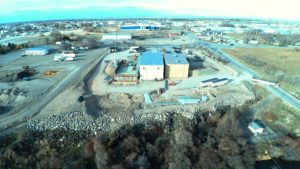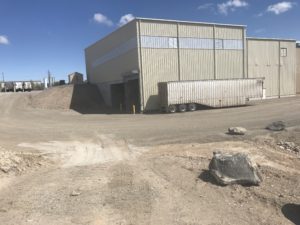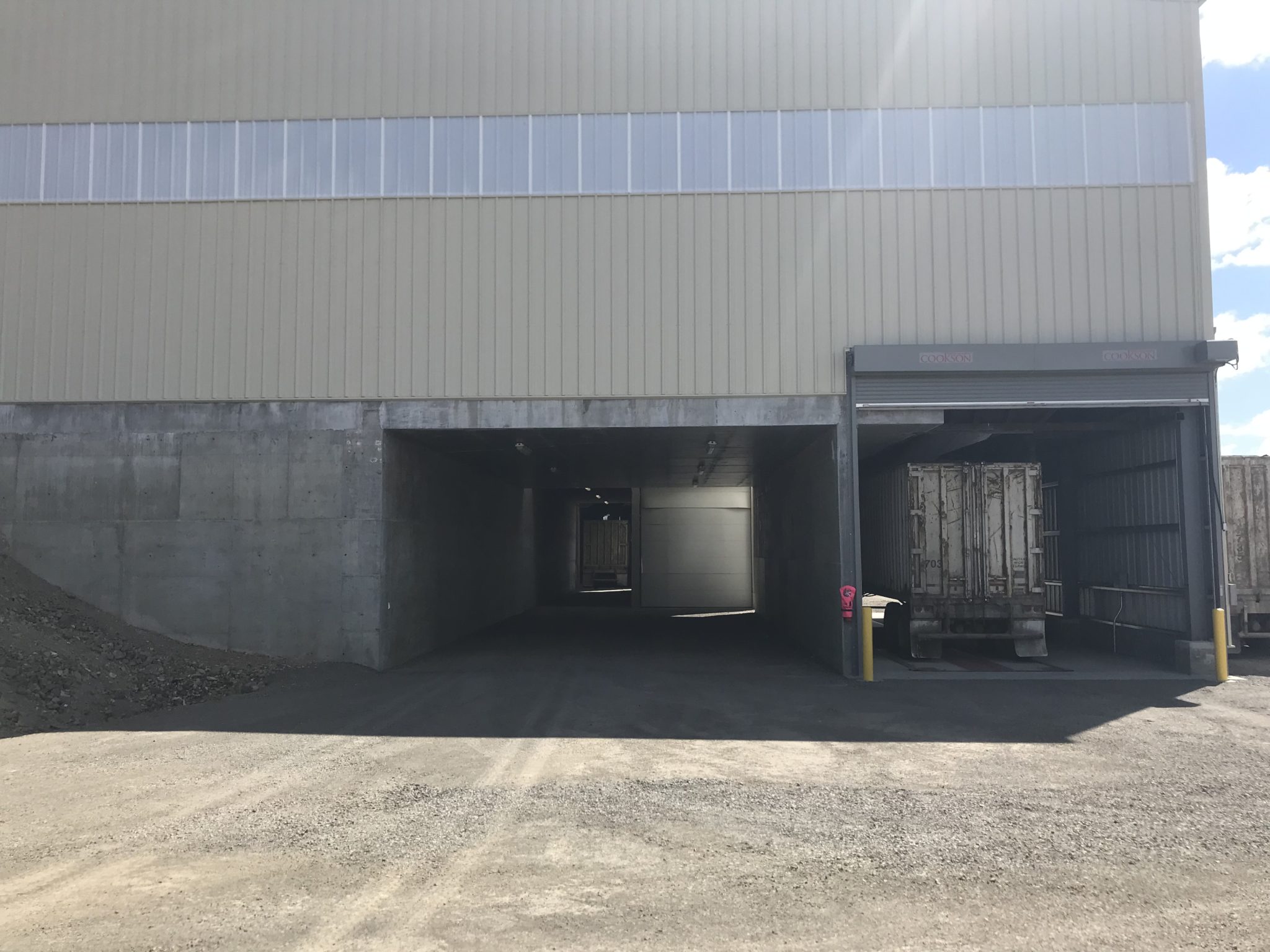
Aerial (Drone) View of Building Construction
Like many communities in Idaho, Twin Falls County is experiencing major growth. And with growth comes more solid waste and people that want to drop-off their garbage! Facing growing safety and capacity challenges at the Twin Falls Transfer Station, the County’s solid waste district partner and facility operator, Southern Idaho Solid Waste (SISW) hired a design-build team to improve and expand the facility. Great West Engineering along with a group of specialty subconsultants, Pivot North Architecture, Axiom Engineering and DC Engineering, teamed with RSCI Group of Boise to build the project.
Design-Build is a method of project delivery in which one entity, the design-build team, works under a single contract with the project owner to provide design and construction services. This approach allows a unified flow of work from concept through project completion. This delivery method is not always the right approach to take for everyone. However, for SISW and the immediate challenges they were facing, it made sense. The design-build approach streamlined the project with “open-book” pricing and achieving substantial completion in only 6 months.

Back View of the Finished Waste Transfer Building
The project included a new, state-of-the-art waste transfer building, wood waste site, and several site grading and drainage improvements. The new transfer building features high strength concrete floors, metal-cladded push-walls and loading chute, pass-through tunnels, a drive-through loading bay, and pit scales. With these improvements, SISW is expecting to double the amount of garbage the facility can handle increasing its capacity to 350-400 tons per day and doing it in a safer manner.
Adding the new building and wood waste site allows customers to get in and out of the facility quicker and safer. The solid waste industry is one of the most dangerous industries and keeping SISW’s operators safe and the community safe is a priority.
The pit scale in the loading tunnel of the new building allows SISW to track weights in real-time. Before they were tracking them by hand which distracted the operators. With attention on the operations, the facility is safer and more efficient.
Authored by Travis Pyle, PE

